Stanley Park Restoration Donor Monument
byOver the last few years of my life, while I’ve been living downtown, I’ve come to enjoy Stanley Park on a weekly if not monthly basis. In the summer, it’s home to one of our favourite beaches and in the spring, fall and winter it’s the scene of many treks, hikes, strolls and photo walks for John and me (and yes, we’ve even named our favourite tree).
One thing I’ve been watching closely for years has been the progress of the restoration of the park since the big storm of 2006 when thousands of trees were toppled by 120km/h winds and the Seawall was closed for months. John and I were out there within days and even did a video podcast a few weeks after that. As he frequently runs in the park he also did week-by-week updates on his site after that storm as well.
Today, I attended the unveiling of the Stanley Park Restoration Donor Monument, a tribute to those who helped rebuild the park with millions of dollars in donations, time, rentals, press, planting, and support.
The event took place at the newly-renovated Prospect Point lookout where the parking lot has been moved back from the edge of the cliff and there are now wide walkways and paths to get you to your ideal lookout location.
About the monument: 8 monolithic-like basalt rocks quarried in Squamish
About the restoration: $10.8 million has gone into replanting, securing, reshaping, and restoring the park and Seawall. Susan Mudick, General Manager of Vancouver Parks and Recreation also noted that 150 truckloads of trees were hauled off the Seawall during the clean up effort and 16,000 new trees have been planted in the park.
I met Raj Hunal, the Park Board Chair and saw Mayor Gregor Robertson speak. After the event he had a mini press conference where everyone was pretty much asking about how the city’s homeless are being supported during these very cold conditions that are upon us (and the freezes that are yet to come).
On my way home I walked along the Seawall to find *my* spot – if you’ve been reading this site for the last two years you may remember that I have been rather critical of the clean-up efforts, in particular this one spot on the Seawall that remained damaged for almost two years.
I am very pleased to report it has now been patched.
I spent three hours trudging around the park this afternoon and I had a really great time enjoying the nature that’s within walking distance of my home (I even took some time to stop by and see Pauline).
The Park will always be susceptible to mother nature however it’s up to us and the stewardship of the Parks Board to ensure money is spent wisely, trails and pathways are safe, and that the natural state of the forest and its wildlife is a priority.
Related posts about the park can be found in my Stanley Park category
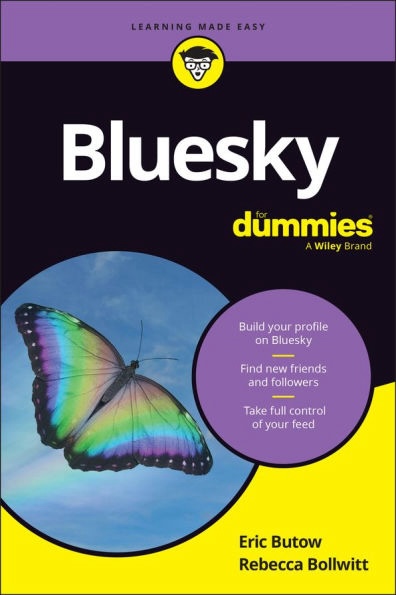



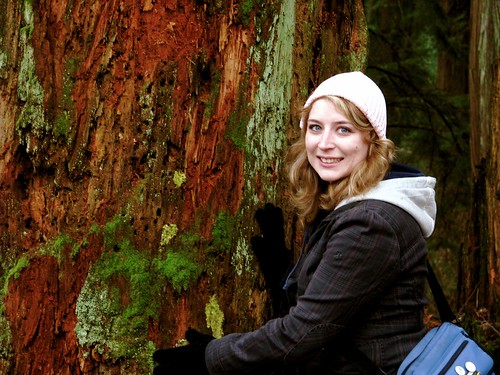
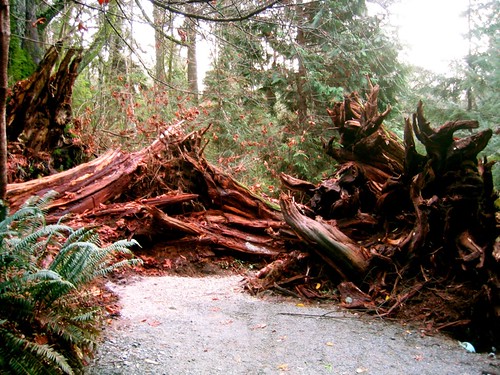
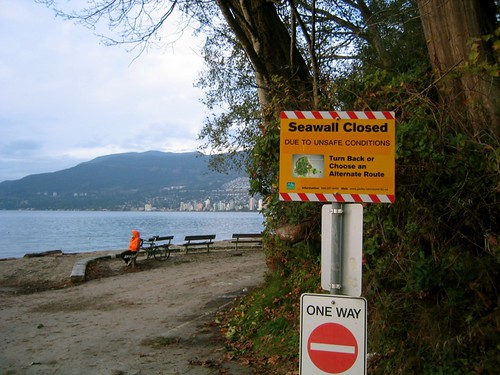
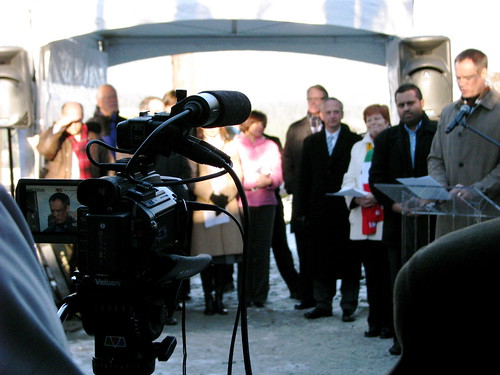
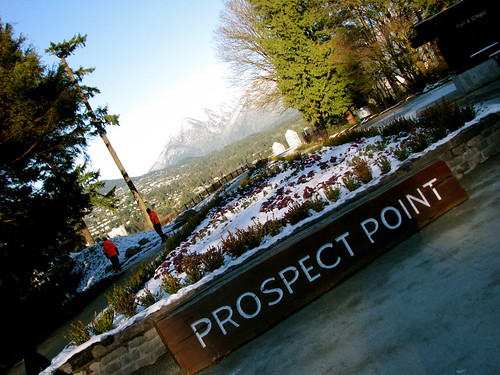
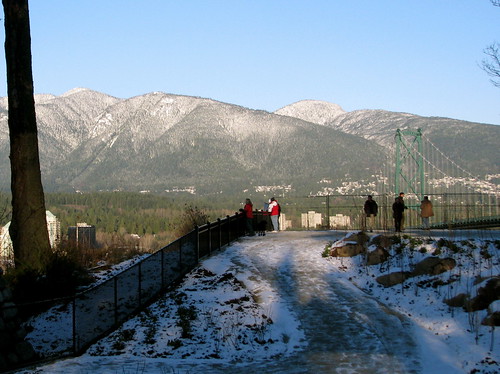
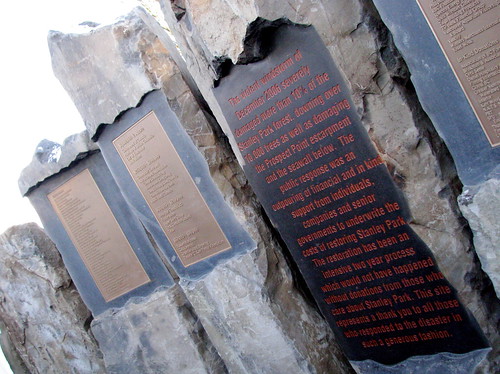

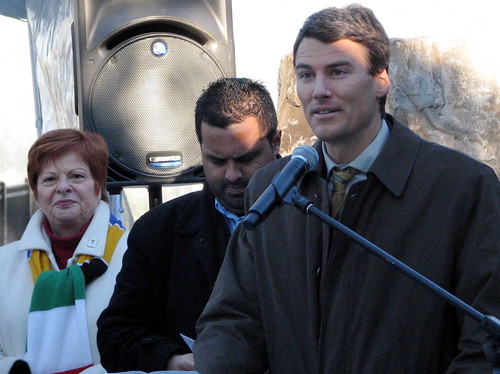


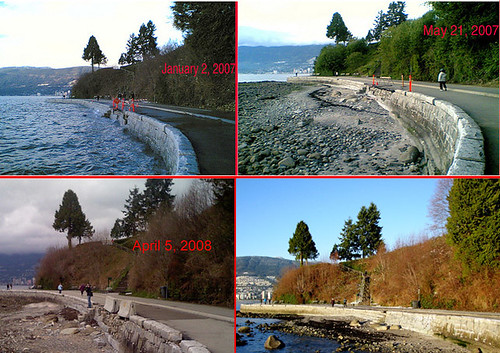

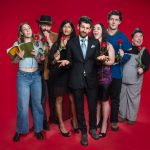

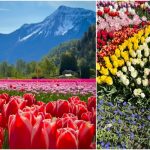
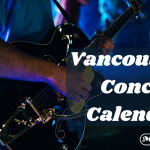
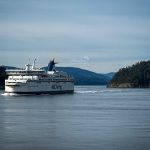
5 Comments — Comments Are Closed
Nice writing and the pictures are lovely!
Amazing pictures – wow – I would love to see such a thing in real life!!! 🙂
Thanks for the post, and the great pictures, Rebecca. 🙂
Interesting – I had a question from a colleague recently about reclaimed wood for use in local green building projects, which is a topic I write about from time to time. He asked about what happened to all of the fallen trees – were they reclaimed? I found some blog posts, one cool one by Darren Barefoot, about some ideas about what should be done with the wood. But, does anyone know what was done with it?
@ Rob – While I am not an expert in forestry, it’s my understanding that there are valid ecological reasons to keep the wood there and let it re-absorb (through decomposition and degradation) into the soil of the park.
If people are interested, I could always ask.
@Raul – I had assumed that a great deal of the clean-up had to do with relocating the trees themselves, to make way for newly planted ones. But, yes, that makes a lot of sense. Decomposition and soil enrichment is what fallen trees would normally contribute to an eco-system without human beings around. But, this trend of reclaimed wood seems to be a going concern all across the country, from what I’m reading anyway. I’d be interested to know whether or not there were any such efforts here in Vancouver.